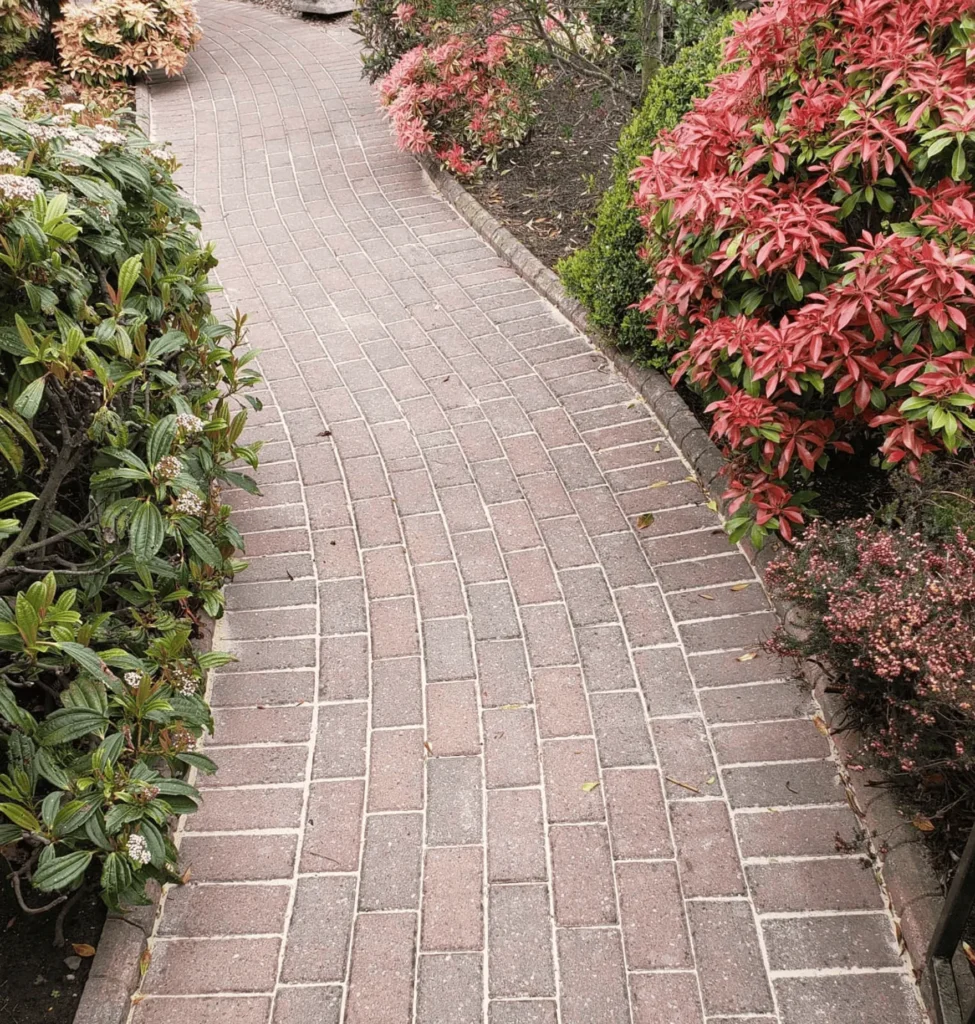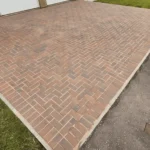Pressure washing is a great way to clean many exterior surfaces, from concrete driveways to outdoor furniture. However, the powerful streams of water from pressure washers can be a hazard to your property if not used correctly. Whether you’re doing a DIY pressure cleaning or hiring a professional pressure washing service, you need to know the basics of pressure washing and how to protect your property.
In this guide, we’ll cover all aspects of pressure washing, including choosing the right equipment, understanding water pressure, using the right cleaning solutions and protecting delicate surfaces. By the end of this article, you’ll know the pressure washing process and how to avoid common mistakes that can cause damage.
Pressure Washing Basics
Pressure washers are powerful tools that use high pressure water to clean surfaces. They come in different models, gas powered and electric, each with different pressure levels. The pressure level, measured in PSI (pounds per square inch), is how intense the water spray is. Higher PSI might seem more effective for tough stains but is too much pressure for delicate surfaces like outdoor furniture, exterior siding and aged surfaces.
Using too much pressure on delicate surfaces can cause damage, denting vinyl siding, stripping paint or even cracking concrete surfaces. So understanding the right pressure settings and choosing the right pressure washer is key to a good clean without harm.
Choosing the Right Pressure Washer
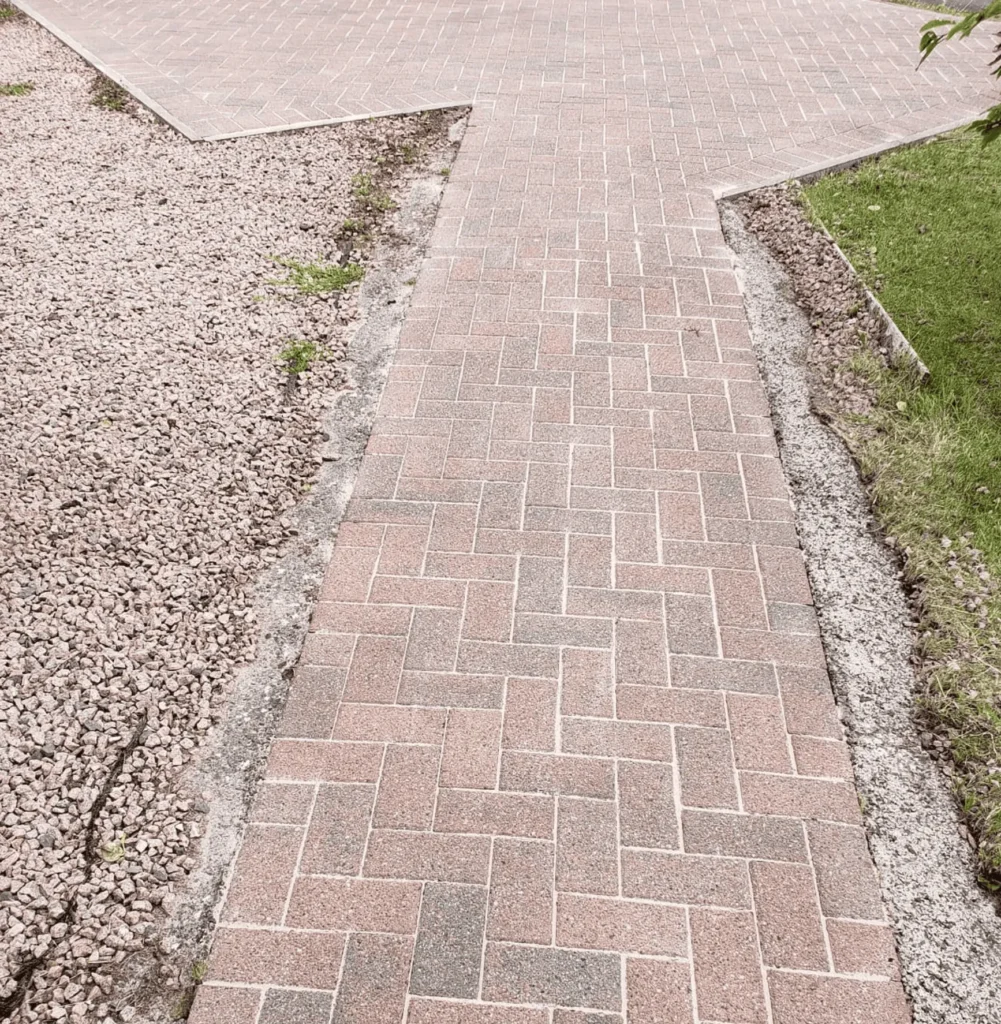
Choosing a suitable pressure washer for your surface is the first step to a safe and effective clean. For example gas powered pressure washers are excellent for large surface areas like concrete driveways and tough stains but too much for delicate items like outdoor furniture or exterior siding. Electric pressure washers have lower pressure and are suitable for DIY pressure cleaning around the home.
When choosing a pressure washer consider the surface you’ll be cleaning, the pressure level required and if you need adjustable nozzles for different applications. A high pressure washer with adjustable nozzles lets you control the spray intensity so you can use a narrow nozzle for tough stains and a wider nozzle for delicate surfaces.
Choosing the Right Nozzle for the Job
The nozzle you use with your pressure washer makes all the difference in the cleaning process and the safety of your surfaces. Nozzles come in different spray angles from 0 degrees to 40 degrees. Wider nozzles are safer for delicate surfaces, and narrower nozzles are better for removing tough stains and cleaning tough materials.
For example when cleaning outdoor furniture use a 25 or 40 degree nozzle to avoid damaging the surface. When pressure washing vinyl siding use a wider nozzle to prevent denting and other damage, always start with a wider spray angle and test on a small area first before doing the entire surface.
Testing in a Small Area
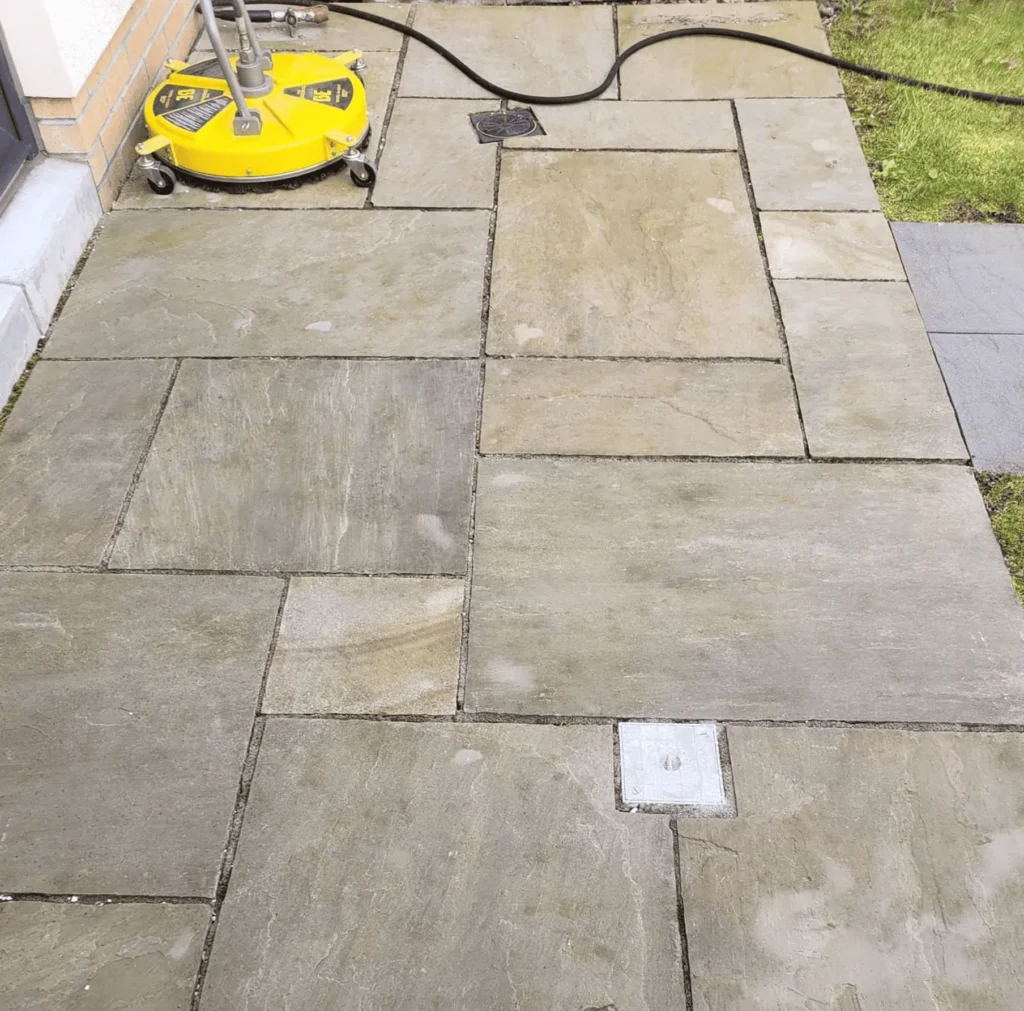
Before you start pressure washing the entire surface, test the pressure washer on a small hidden area. This way you can see how the water pressure affects the surface and adjust the pressure, nozzle and distance accordingly. Testing on a small area first will prevent costly mistakes like stripping paint or damaging surfaces that can’t withstand high pressure water.
For example when pressure washing exterior siding start with a small area that’s not visible. This way if the water pressure is too high or the nozzle is too narrow any damage will be limited to a less visible area.
Keeping the Right Distance
One of the biggest mistakes in pressure washing is holding the nozzle too close to the surface. The closer you are the higher the impact of the high pressure water stream which can cause damage. Keeping a safe distance of 6-12 inches from the surface is key to preventing damage from excessive pressure.
For delicate surfaces like outdoor furniture or vinyl siding, start with 12 inches and work your way in as needed. This way, you can clean effectively without damaging the surface. For stricter materials like concrete driveways, you can get a little closer to tackling stubborn stains.
Using the Right Cleaning Agent
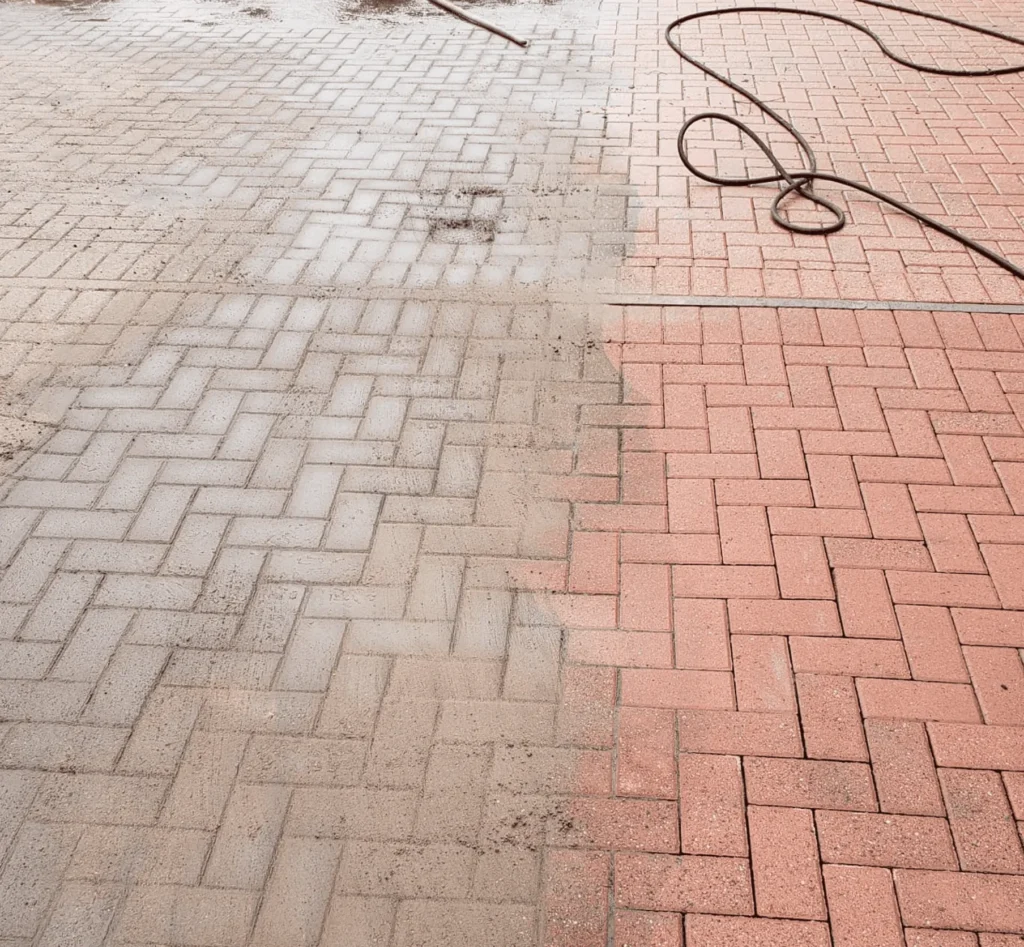
Besides water pressure the cleaning agent you use also plays a big role in the success of your pressure washing project. Water alone can remove dirt and debris but a mild cleaning agent can help in cleaning tougher stains and algae on exterior surfaces. But make sure to choose a cleaning agent that’s safe for the surface and the environment.
Don’t use harsh chemicals that can cause chemical burns, damage to surfaces or run off into the soil. Instead use Friendly Detergents designed for use with pressure washers. These cleaning agents are tough on dirt but gentle on plants, root systems and potted plants. When using a cleaning solution always follow the manufacturer’s instructions and apply evenly to the surface.
Plants and Landscaping
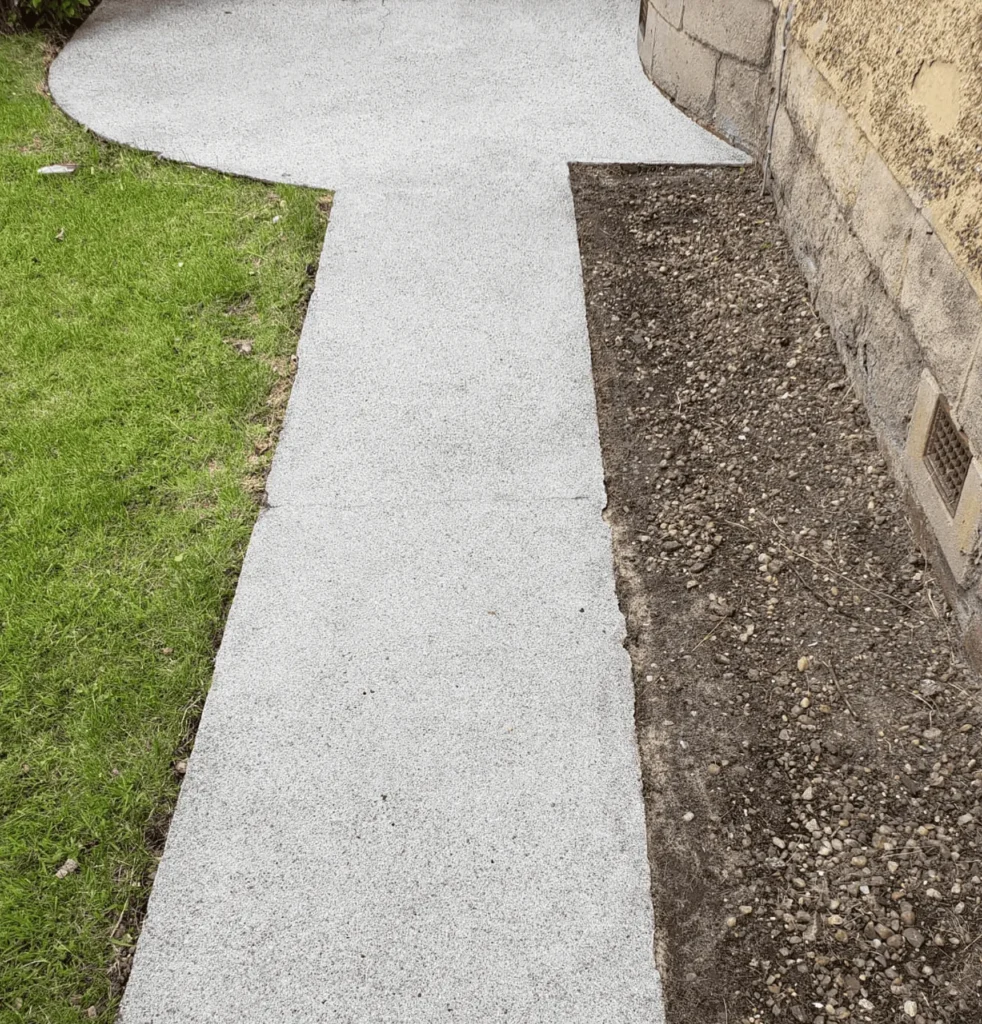
When pressure washing it’s easy to forget about your landscaping. High pressure water and cleaning agents can damage plants and root systems if not protected. To protect your plants and landscaping cover them with tarps or plastic sheeting before you start.
Pay extra attention to potted plants and any delicate plants near the surface being cleaned. Covering these will prevent them from being exposed to harsh chemicals, high pressure or water spray that can cause damage. Also be aware of the water run off and don’t direct it towards garden beds or other areas with sensitive vegetation.
Wearing the Right Gear
Pressure washing has hazards that can put you at risk. High pressure water can cause injury if it hits your skin and chemicals can cause chemical burns if not handled properly. So wearing the right gear is essential for any pressure washing job.
Your safety gear should include safety glasses to protect your eyes from water spray, ear protection to prevent hearing damage from the noise of the pressure washer and close toed shoes to protect your feet from hazards. If you’re using cleaning agents wear gloves and long sleeves to protect your skin from chemical exposure.
Electrical Hazards
Water and electricity is a deadly combination so be aware of electrical hazards when pressure washing. This includes not spraying near electrical outlets, above ground power lines or any electrical components. Water spray from a pressure washer can quickly get into electrical outlets and cause electrical shock or damage to the electrical system.
If you need to clean electrical components near you, make sure they are covered with waterproof material, and use an extension hose to keep a safe distance. Also, be aware of power lines when working on exterior surfaces, and don’t direct the water spray towards them.
DIY Pressure Washing Risks
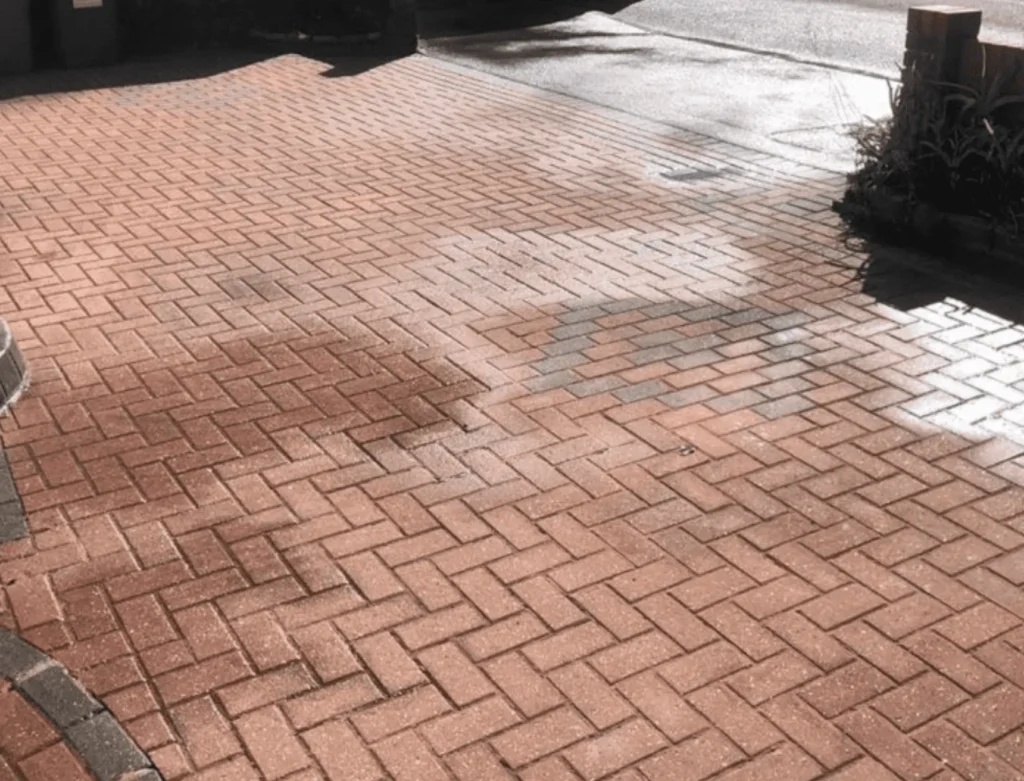
While DIY pressure cleaning can be a cost effective solution for your property, you need to understand the risks. Without the right knowledge and equipment DIY pressure washing can lead to common mistakes such as using too much pressure, choosing the wrong nozzle or not protecting delicate surfaces.
For bigger or more complex jobs like regular driveway pressure cleaning or Bradenton Pressure Washing, it’s often best to hire a professional pressure washing melbourne company. Professional pressure washing companies have the equipment and expertise to handle many different surfaces so you get the clean without the damage.
Professional Pressure Washing Services
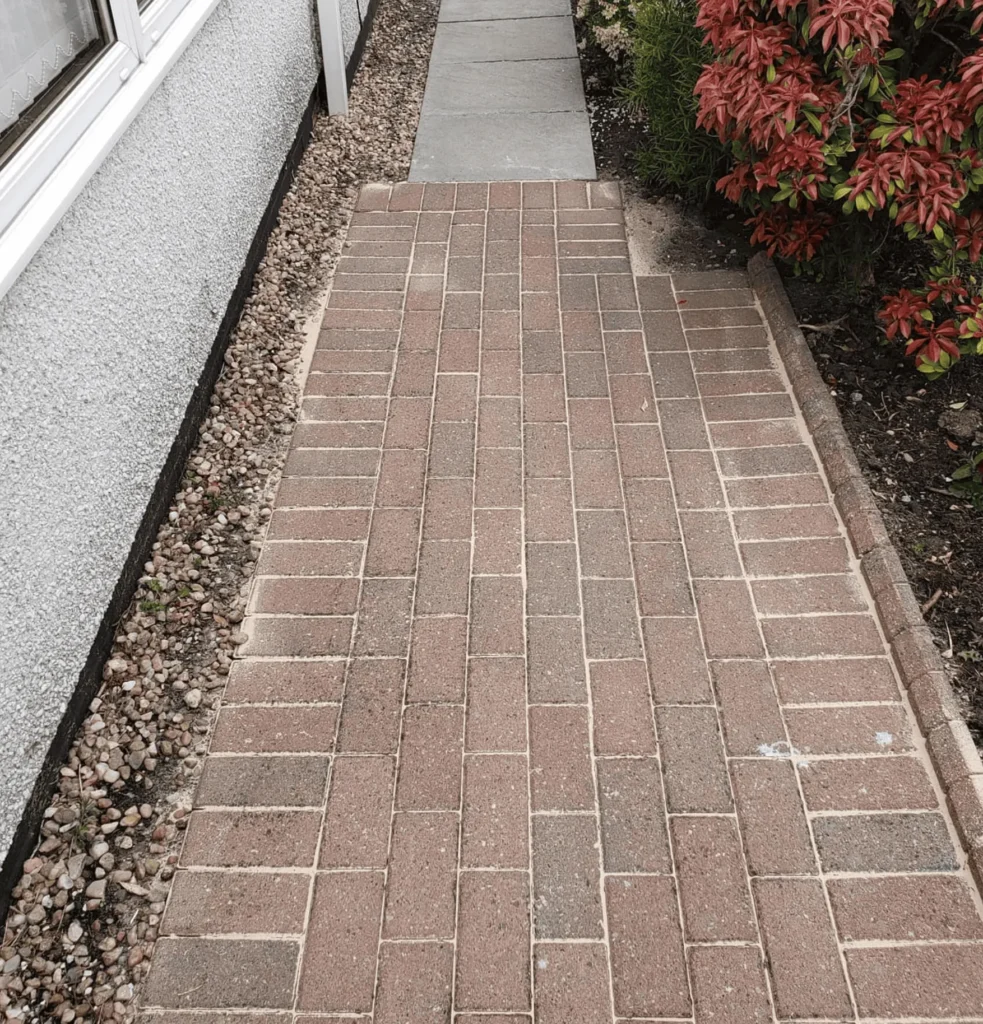
Hiring a professional pressure washing service has its advantages especially for bigger projects or surfaces that need special care. Professional pressure washing companies have the experience to tackle tough stains, concrete driveways and delicate surfaces like outdoor furniture and vinyl siding. They use high pressure washers with adjustable nozzles and the right cleaning solutions to get the job done.
Plus they can assess the property for potential hazards like electrical hazards and take the necessary precautions to avoid them. If you’re unsure about the pressure washing process or worried about damage, a professional pressure washing service is an intelligent investment.
Pressure Washing Mistakes to Avoid
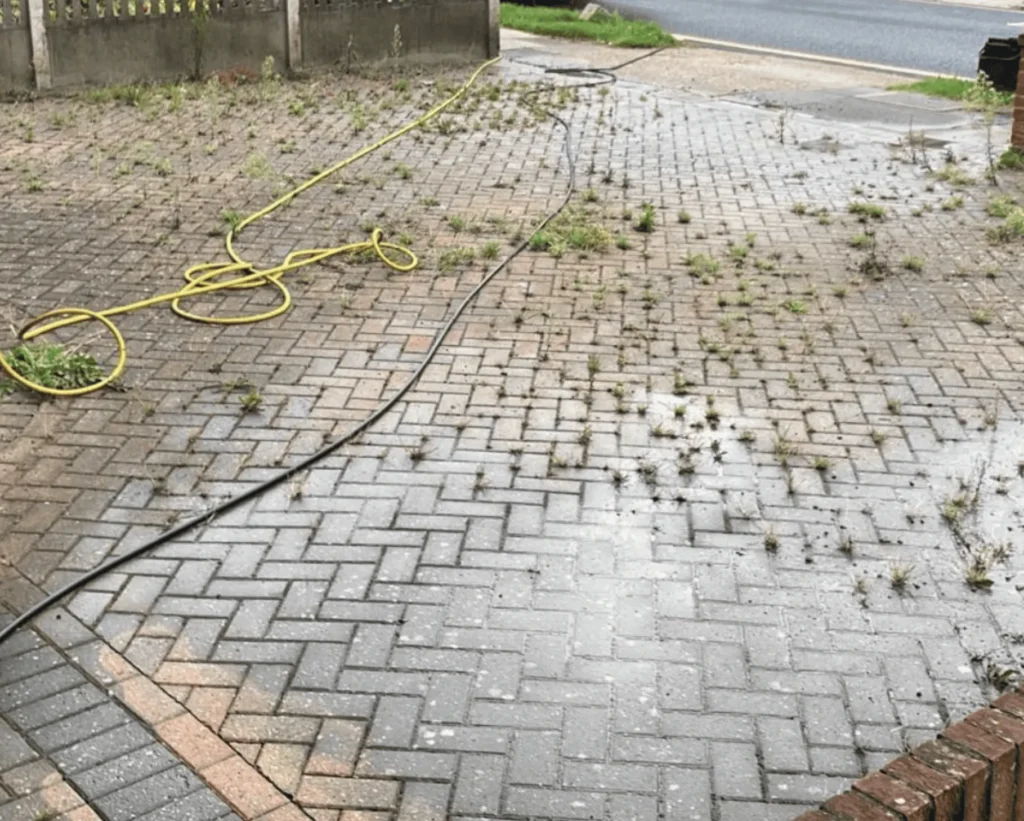
Pressure washing is easy but several common mistakes can damage surfaces or cause water damage. These mistakes include using the wrong pressure washer, wrong nozzle, too much pressure and not testing in a inconspicuous area.
To avoid these mistakes, you need to take the time to learn the proper technique, choose the right equipment and follow expert advice for safe and clean cleaning. Proper time management and planning can also help you not rush the pressure washing job and reduce the chances of mistakes.
Technique is Key
Proper technique is critical to getting a clean surface without damage. This means maintaining the right distance, using the right nozzle and applying even pressure across the whole surface. Pressure washing at a 45 degree angle can also help direct the water spray better especially for concrete surfaces with tough stains.
Another part of proper technique is using the right tools for the job. For example using an extension hose can help you reach higher areas without needing a ladder and reduce the risk of falls or injuries. Using a high pressure nozzle with a wide spray angle can also prevent damage to delicate surfaces while still getting the cleaning done.
Water Supply and Pressure Management
Managing your water supply and pressure levels is crucial for a successful pressure washing job. Make sure your water source has enough pressure for the pressure washer to work correctly. If the water supply is not enough, the pressure washer may not perform well, and you may get uneven cleaning or need more time to finish the job.
Also monitor the pressure throughout the pressure washing process. Check the pressure settings constantly and adjust as needed to not use too much pressure on delicate surfaces. If you’re cleaning a large surface or multiple areas, take breaks to check the surface and make any necessary adjustments.
Conclusion
Pressure washing is a great way to maintain your property but it requires planning, the right tools and attention to detail. Whether you’re doing a DIY pressure washing or hiring a pressure washing service, knowing the risks and how to protect your property is key to not making mistakes and getting a clean surface.
Now you’re ready to tackle your next pressure washing project knowing you’re taking care of your property, yourself and getting pro results. If you’re ever unsure about the pressure washing process, consult a pro or get advice from an expert.
FAQ
Can pressure washing damage my outdoor furniture?
Yes, pressure washing can damage outdoor furniture if the water pressure is too high or if the incorrect nozzle is used. To avoid damage, use a wider nozzle and start with lower pressure settings. Testing on a small, discreet area before washing the entire surface is also recommended.
How do I protect my plants and landscaping during pressure washing?
Cover your plants and landscaping with protective coverings like tarps or plastic sheeting. Be mindful of water run-off and avoid directing it towards sensitive areas with delicate plants or root systems. Always use cleaning solutions that are safe for plants.
What protective gear should I wear when pressure washing?
When pressure washing, wear safety gear, including safety glasses, ear protection, close-toed shoes, and gloves. This will protect you from water spray, noise, and potential chemical exposure, especially if you’re using cleaning agents.
Is it safe to pressure wash near electrical outlets and power lines?
No, it’s not safe to pressure wash near electrical outlets or power lines. Water and electricity can be a dangerous combination. Cover any electrical components with waterproof materials, and avoid directing water spray towards power lines.
Should I hire a professional pressure washing service or do it myself?
Hiring a professional pressure washing service is advisable for larger or more complex jobs, especially if you’re unfamiliar with the equipment or concerned about potential damages. Professionals have the experience and tools to handle various surfaces effectively and safely. However, for smaller tasks, a DIY approach can be a cost-effective solution if you follow proper guidelines.
